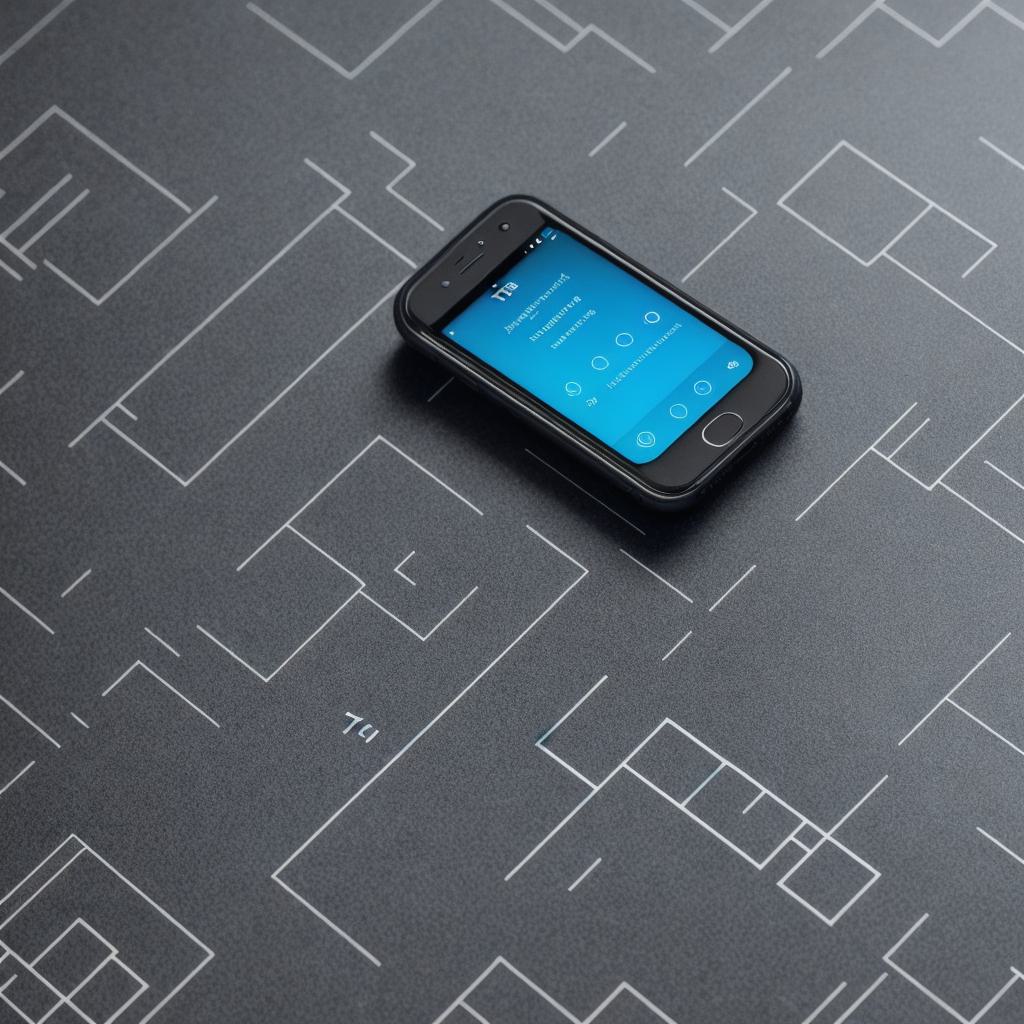Are you looking to develop Android apps using Kotlin? Look no further! In this comprehensive guide, we’ll walk you through the step-by-step process of developing Android apps with Kotlin. We’ll cover everything from setting up your development environment to publishing your app on the Google Play Store.
Before we dive in, let’s take a moment to understand what Kotlin is and why it’s becoming the preferred programming language for Android app development. Kotlin is a statically typed, object-oriented programming language that runs on the Java Virtual Machine (JVM). It was developed by JetBrains and is now maintained by Google. Kotlin is designed to be more concise and safer than Java, while still being fully interoperable with it. This makes it an attractive choice for Android app development, as it allows developers to write code that is both easier to read and less prone to errors.
Now that we’ve established what Kotlin is, let’s get started with the roadmap for developing Android apps with Kotlin.
- Setting up your development environment
Before you can start developing Android apps with Kotlin, you need to set up your development environment. This involves installing the following:
- Android Studio (the official Integrated Development Environment (IDE) for Android app development)
- The Java Development Kit (JDK) and Apache Maven (build tools for Java projects)
- Kotlin SDK (the tools and libraries you’ll need to develop Android apps with Kotlin)
You can download all of these tools from the official Android developer website. Once you’ve installed everything, open Android Studio and create a new project. Select "Empty Activity" as the project template and choose Kotlin as the programming language.
- Writing your first app
Now that you have your development environment set up, it’s time to start writing code! Your first app will be a simple "Hello World" app that displays a message on the screen. Here’s an example of what the code might look like:<h2>import androidx.appcompat.app.AppCompatActivity</h2> <h2>import android.os.Bundle</h2> <h2>import android.widget.TextView</h2>
class MainActivity : AppCompatActivity() {
override fun onCreate(savedInstanceState: Bundle?) {
super.onCreate(savedInstanceState)
setContentView(R.layout.activity_main)
val textView findViewById<TextView>(R.id.textView)
textView.text "Hello World!"
}}
This code creates an `AppCompatActivity` class that overrides the `onCreate()` method. In this method, we set the content view of the activity to a layout resource named `activity_main`. We then find a `TextView` with the ID `textView` and set its text to "Hello World!".
3. Building and testing your app
Once you've written your code, it's time to build and test your app! To do this, go to the "Build" menu in Android Studio and select "Generate Signed APK". This will create a signed version of your app that you can distribute to users. Once the APK has been generated, you can install it on an emulator or real device by clicking on it in the "Run" menu.
4. Publishing your app on the Google Play Store
 When you're ready to publish your app on the Google Play Store, you'll need to create a developer account and follow the instructions for submitting an app. You'll need to provide information about your app, including its screenshots, description, and pricing (if any).
When you're ready to publish your app on the Google Play Store, you'll need to create a developer account and follow the instructions for submitting an app. You'll need to provide information about your app, including its screenshots, description, and pricing (if any).